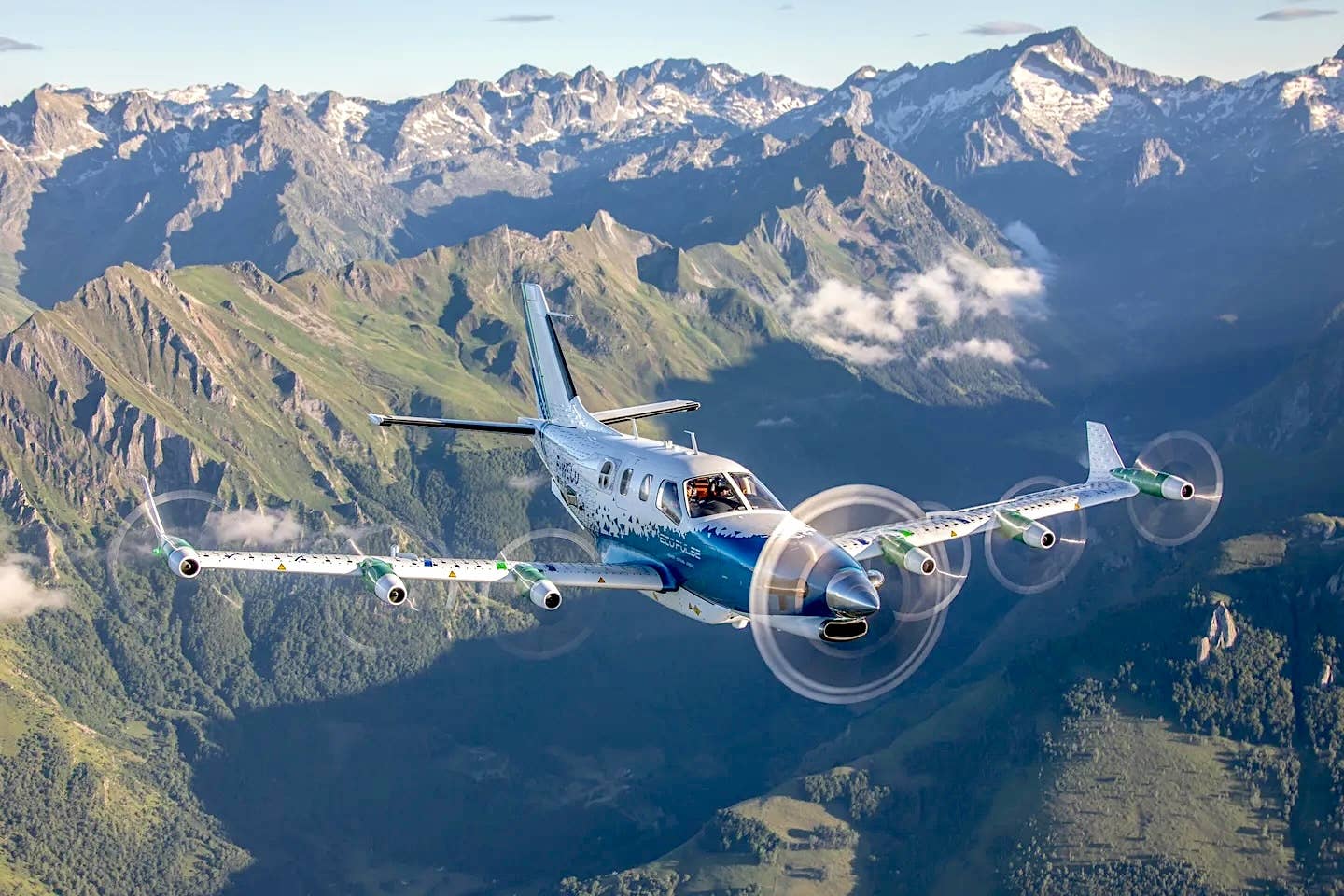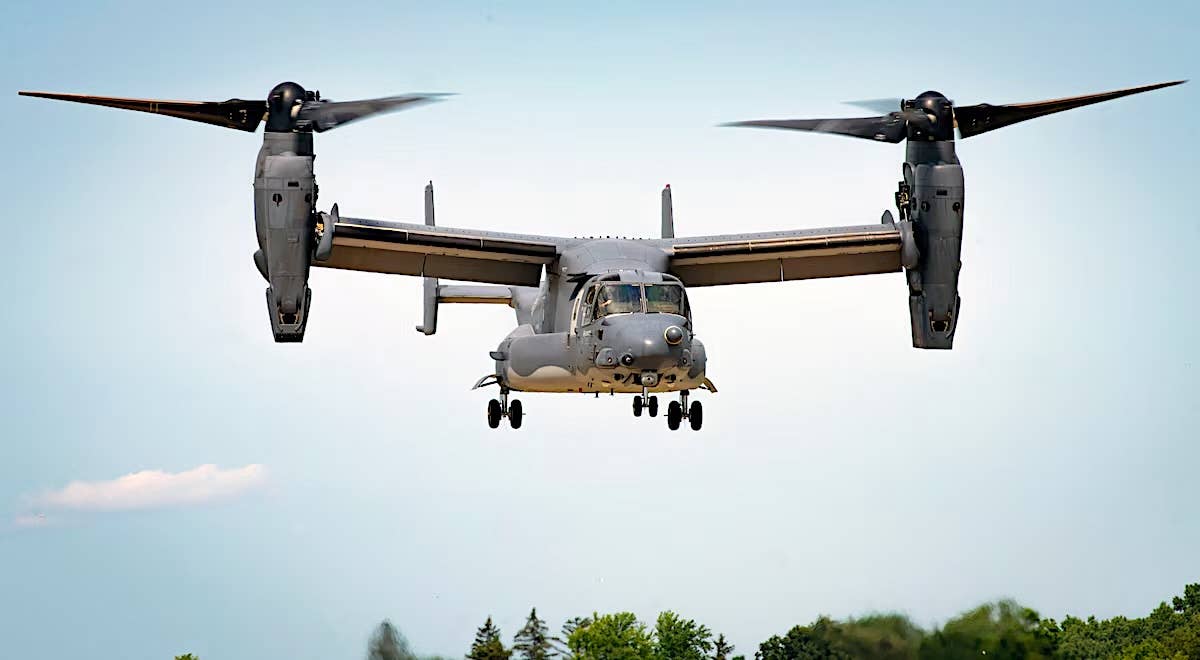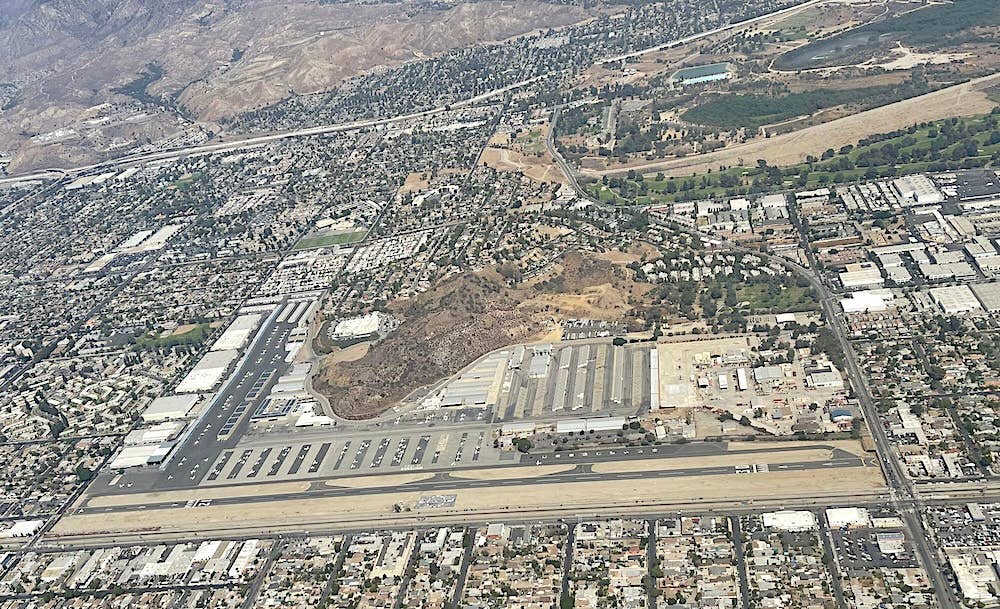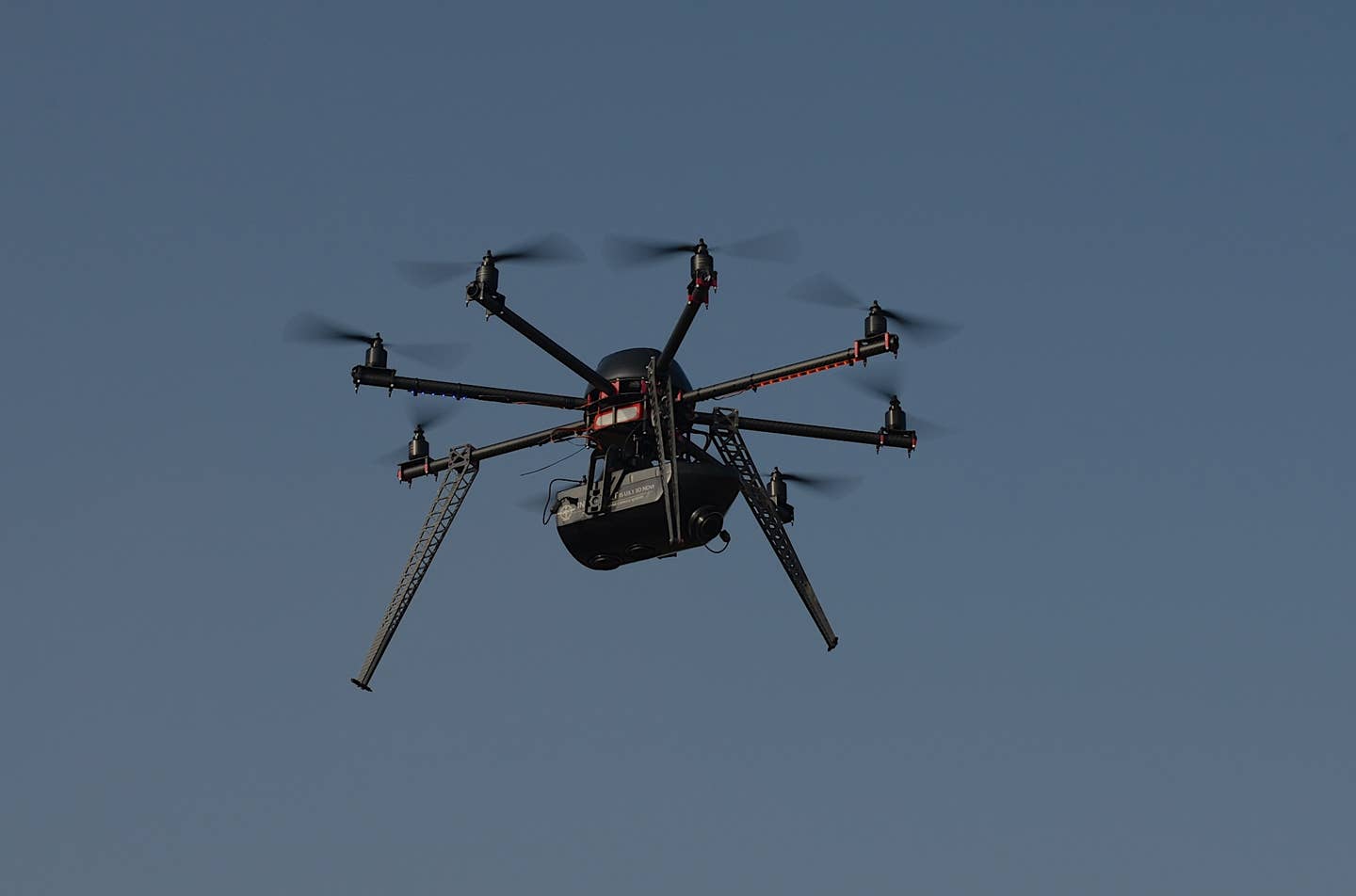Vickers Planning For 2025 U.S. Delivery (Corrected)
New Zealand-based Vickers Aircraft Company says it intends to make its first delivery of the WAVE two-place amphibious aircraft to a U.S. customer in April of 2025. Founder Paul Vickers…
New Zealand-based Vickers Aircraft Company says it intends to make its first delivery of the WAVE two-place amphibious aircraft to a U.S. customer in April of 2025. Founder Paul Vickers said the company is now raising capital to fund the push to begin deliveries on its backlog. Most current investors are Americans, he said, and the company has already accomplished a lot with the relatively small amount raised so far. The manufacturing plant has been operating for four years, and all the kinks have been worked out as the company scales up for full production.
"Having front-loaded the manufacturing process, already making the mistakes that come with new product development, and adjusted our processes and procedures, we have already learned many of the lessons that cause aircraft delivery delays and, in most cases, failure to ever bring a competitive product to market," Vickers said. The plane has finished its flight testing and shook out with a 120-knot cruise and useful load of 750 pounds with a Rotax 916 iS pushing it along.
Vickers said the pending adoption of the Modernization of Special Airworthiness Certificate (MOSAIC) rule is ideal timing for the plane's U.S. introduction. MOSAIC will expand the scope and design of aircraft that can be flown by light sport pilots. He said the company is planning to manufacture the WAVE in the U.S.
An earlier version of this story described the WAVE as a four-place. It's a two-place.






